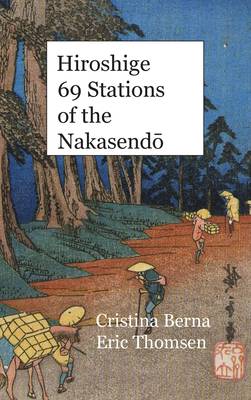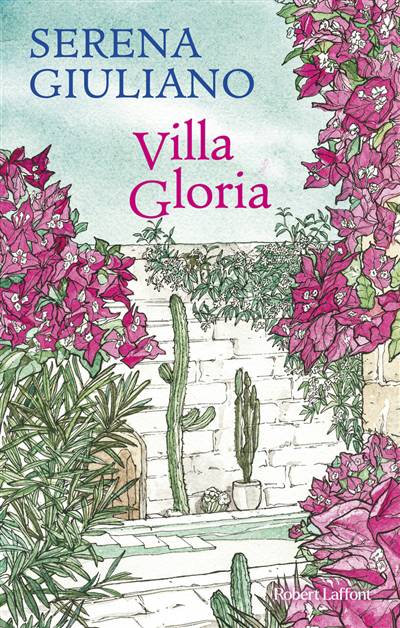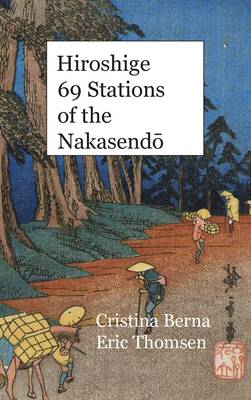
- Retrait gratuit dans votre magasin Club
- 7.000.000 titres dans notre catalogue
- Payer en toute sécurité
- Toujours un magasin près de chez vous
- Retrait gratuit dans votre magasin Club
- 7.000.0000 titres dans notre catalogue
- Payer en toute sécurité
- Toujours un magasin près de chez vous
Description
Come on the journey from Edo, modern day Tokyo, to Kyoto, as experienced by Utagawa Hiroshige in, when he travelled the road to participate in 1832 an important procession in Kyoto.
There were 69 post stations along this important road, apart from the start and terminus, in all 70 prints, which are all here in the order from Edo to Kyoto. One station has two prints, in total 71.
This was the most popular print series ever made in Japan. It was even more popular than Hokusai's series Thirty-six Views of Mount Fuji, which had been recently published and which had influenced Hiroshige tremendously (ISBN 9782919787159 as hard cover).
It is possible to travel the same road today and some villages are still looking quite like they did back then. The postal stations were constructed between 1601 and 1624.
Utagawa Hiroshige (in Japanese: 歌川 広重), also called Andō Hiroshige (in Japanese: 安藤 広重;), was a Japanese ukiyo-e artist, considered the last great master of that tradition. He was born 1797 and died 12 October 1858.
Ukiyo-e is a genre of Japanese art which flourished from the 17th through 19th centuries. Its artists produced woodblock prints and paintings of such subjects as female beauties; kabuki actors and sumo wrestlers; scenes from history and folk tales; travel scenes and landscapes; flora and fauna; and erotica. The term ukiyo-e (浮世絵) translates as "picture[s] of the floating world".
Hiroshige is best known for his horizontal-format landscape series The Fifty-three Stations of the Tōkaidō, and for his vertical-format landscape series One Hundred Famous Views of Edo.
The main subjects of his work are considered atypical of the ukiyo-e genre, whose focus was more on beautiful women, popular actors, and other scenes of the urban pleasure districts of Japan's Edo period (1603-1868).
Spécifications
Parties prenantes
- Auteur(s) :
- Editeur:
Contenu
- Nombre de pages :
- 196
- Langue:
- Anglais
Caractéristiques
- EAN:
- 9781637526538
- Date de parution :
- 27-01-21
- Format:
- Livre relié
- Format numérique:
- Genaaid
- Dimensions :
- 152 mm x 229 mm
- Poids :
- 535 g

Les avis
Nous publions uniquement les avis qui respectent les conditions requises. Consultez nos conditions pour les avis.






